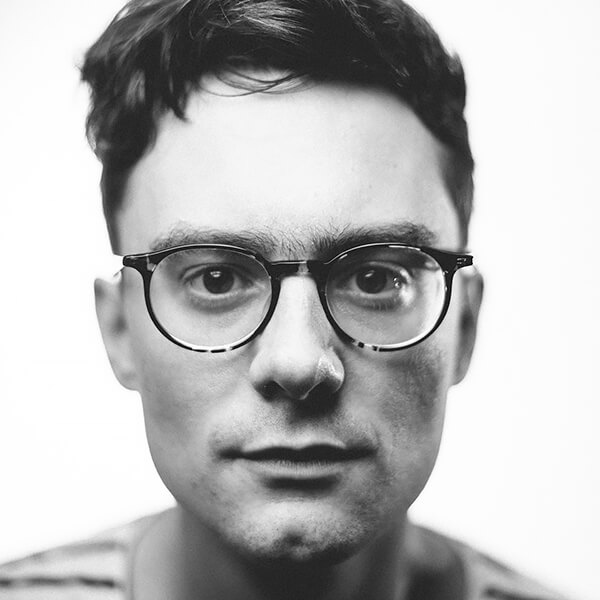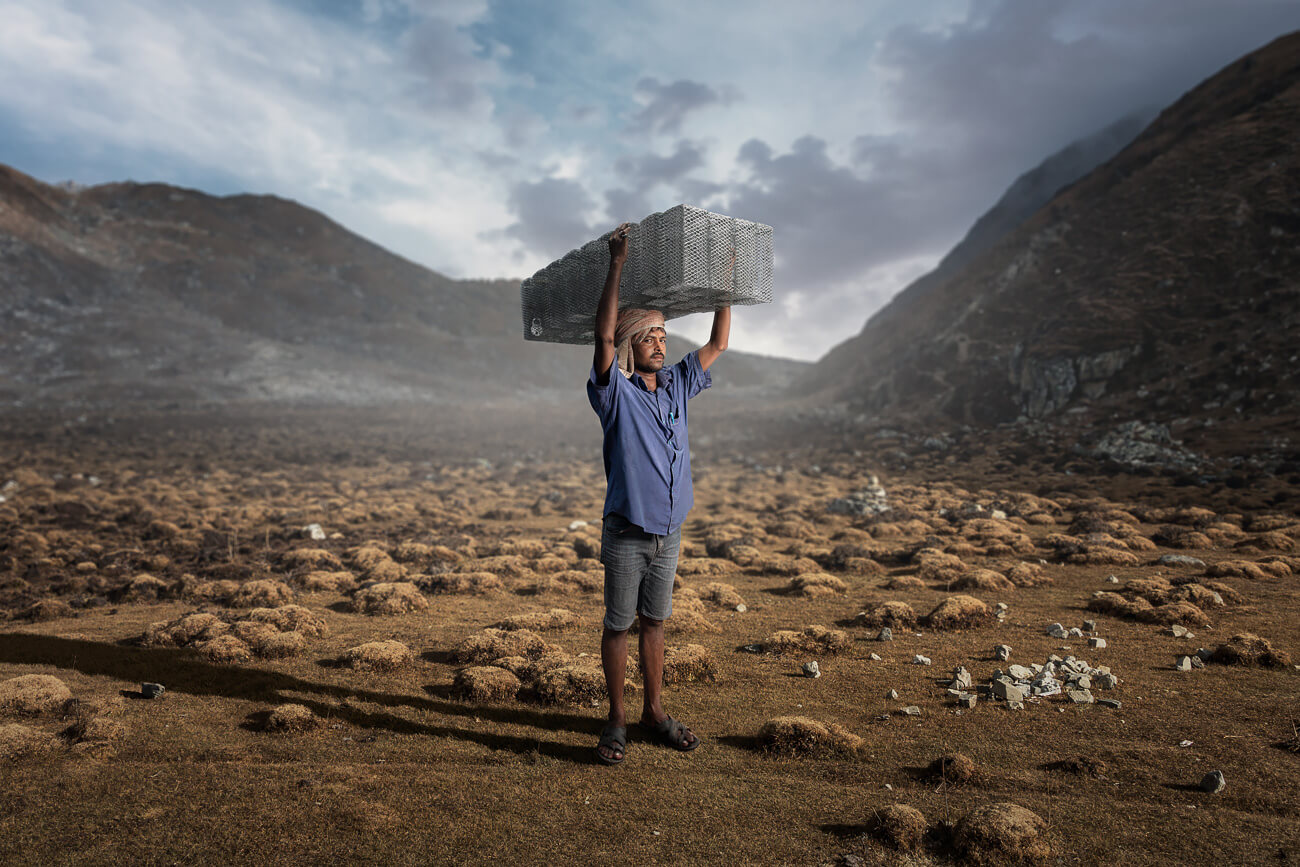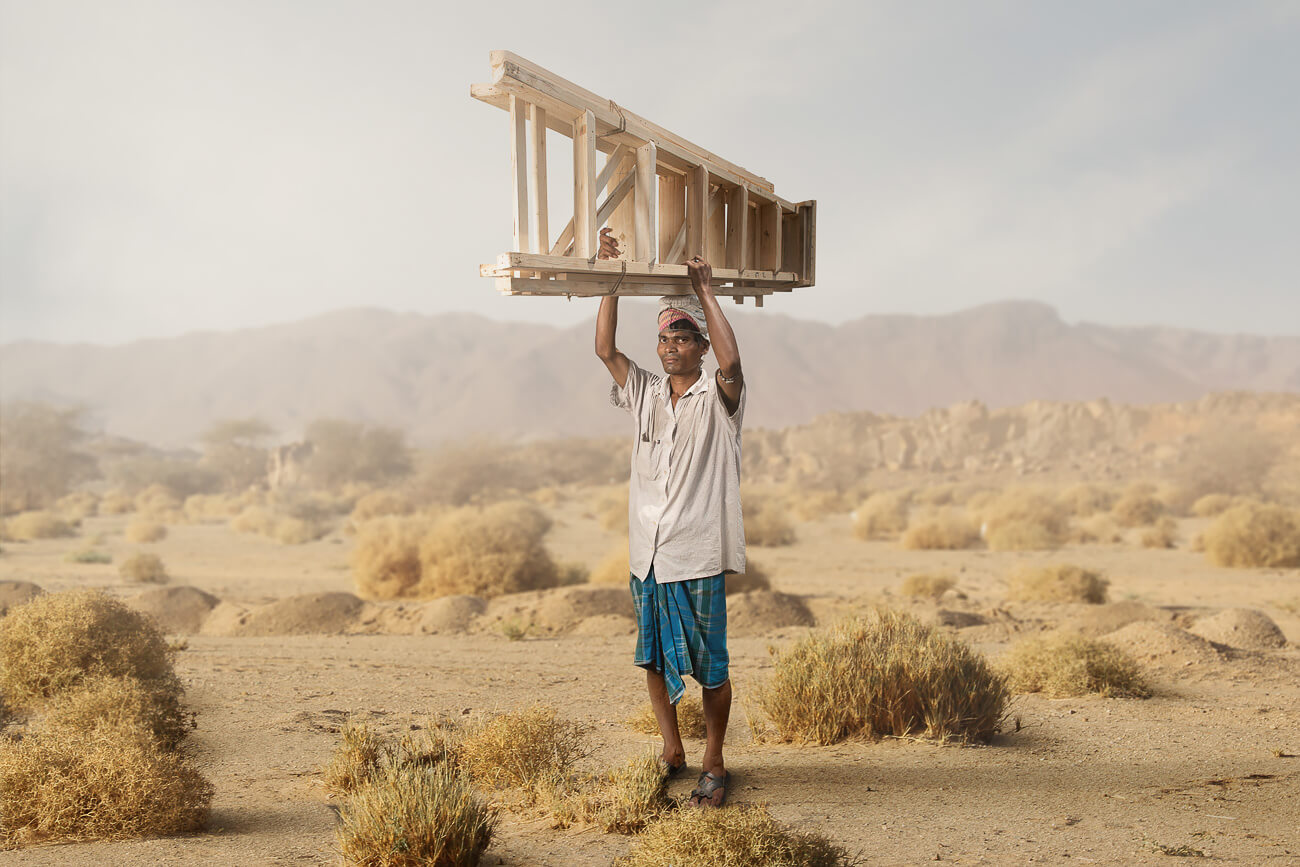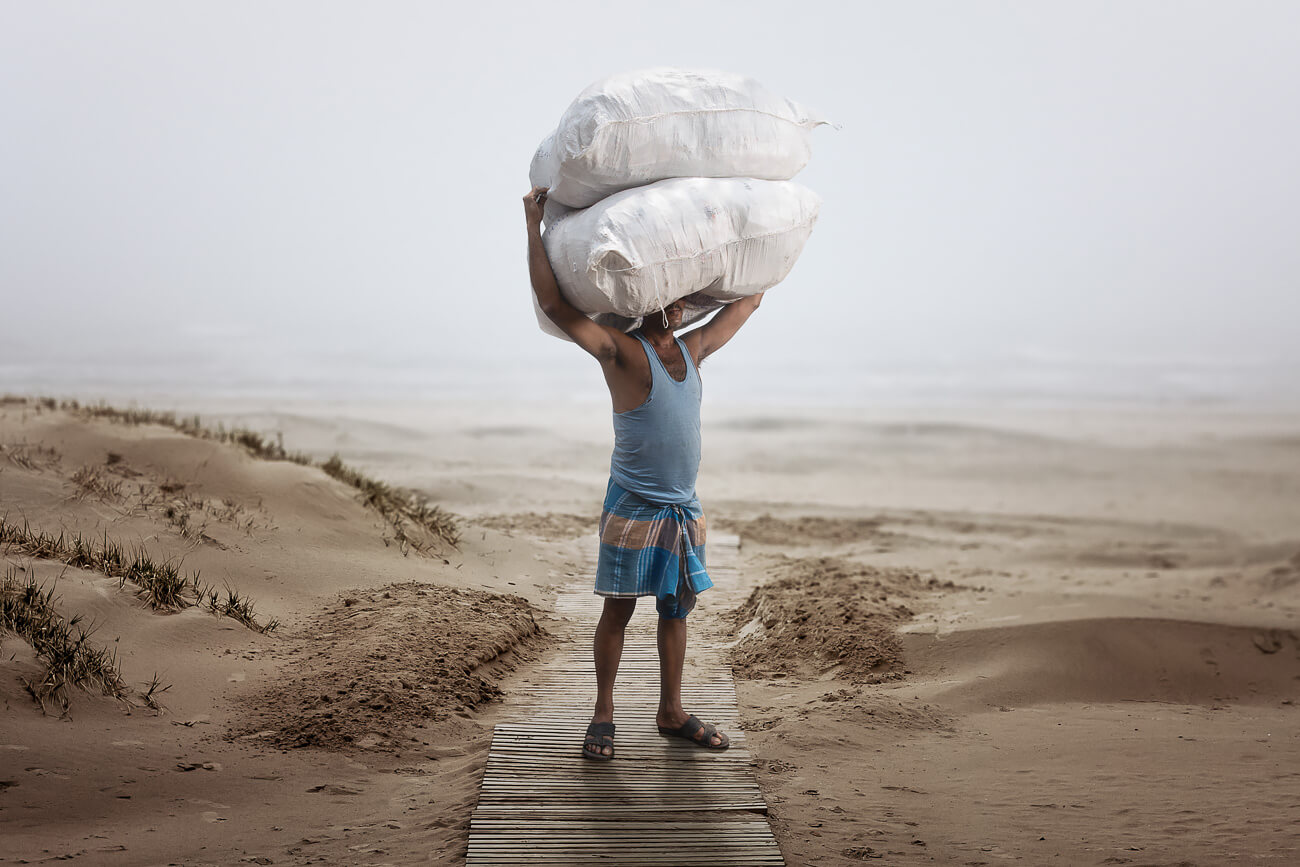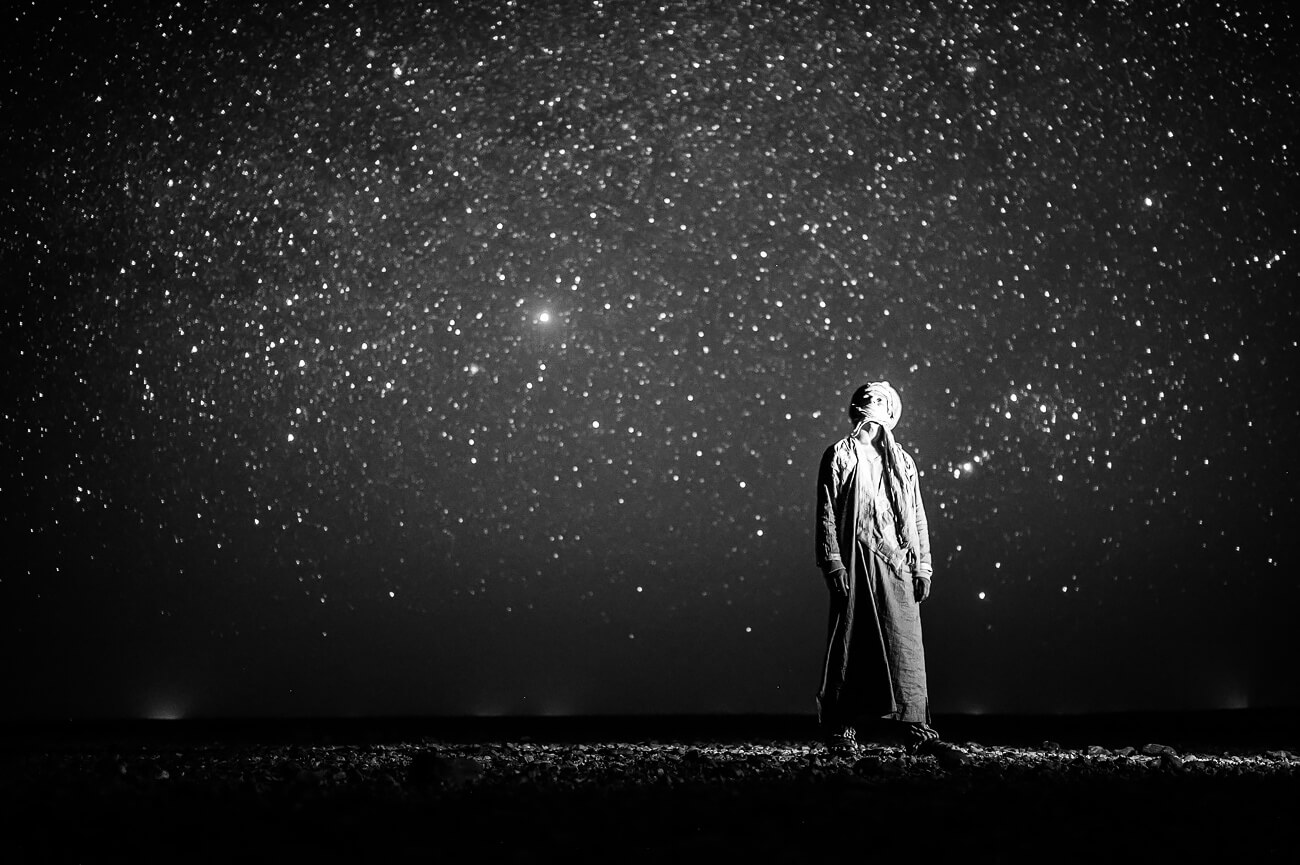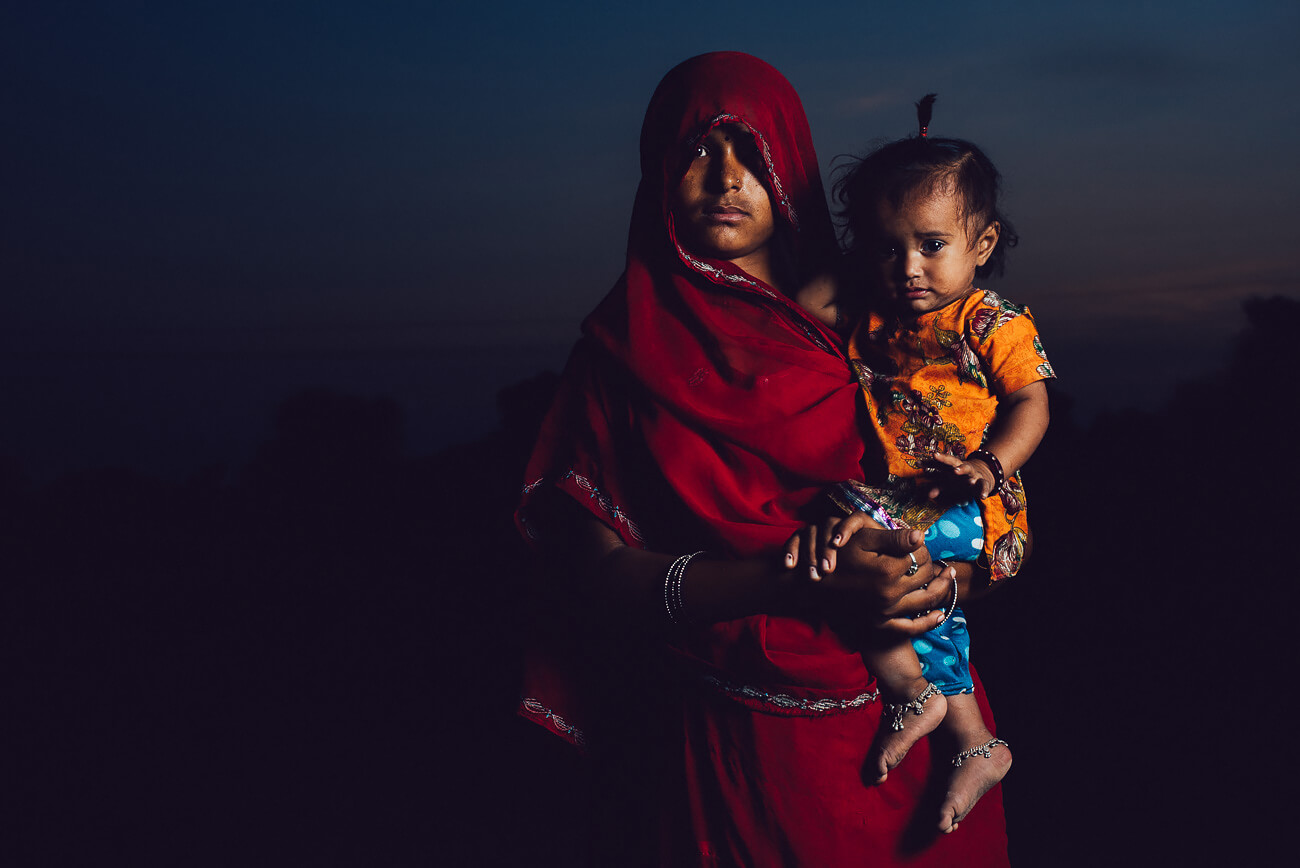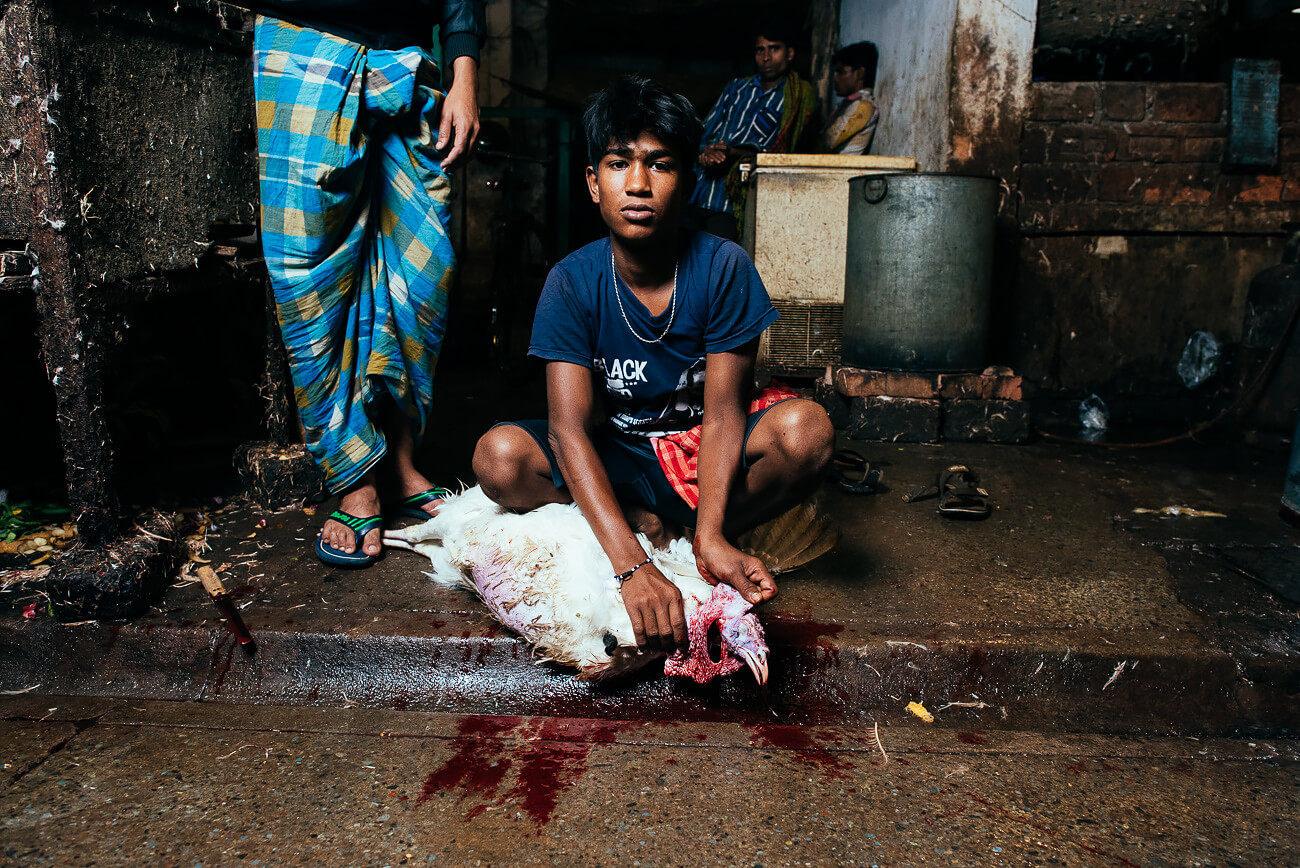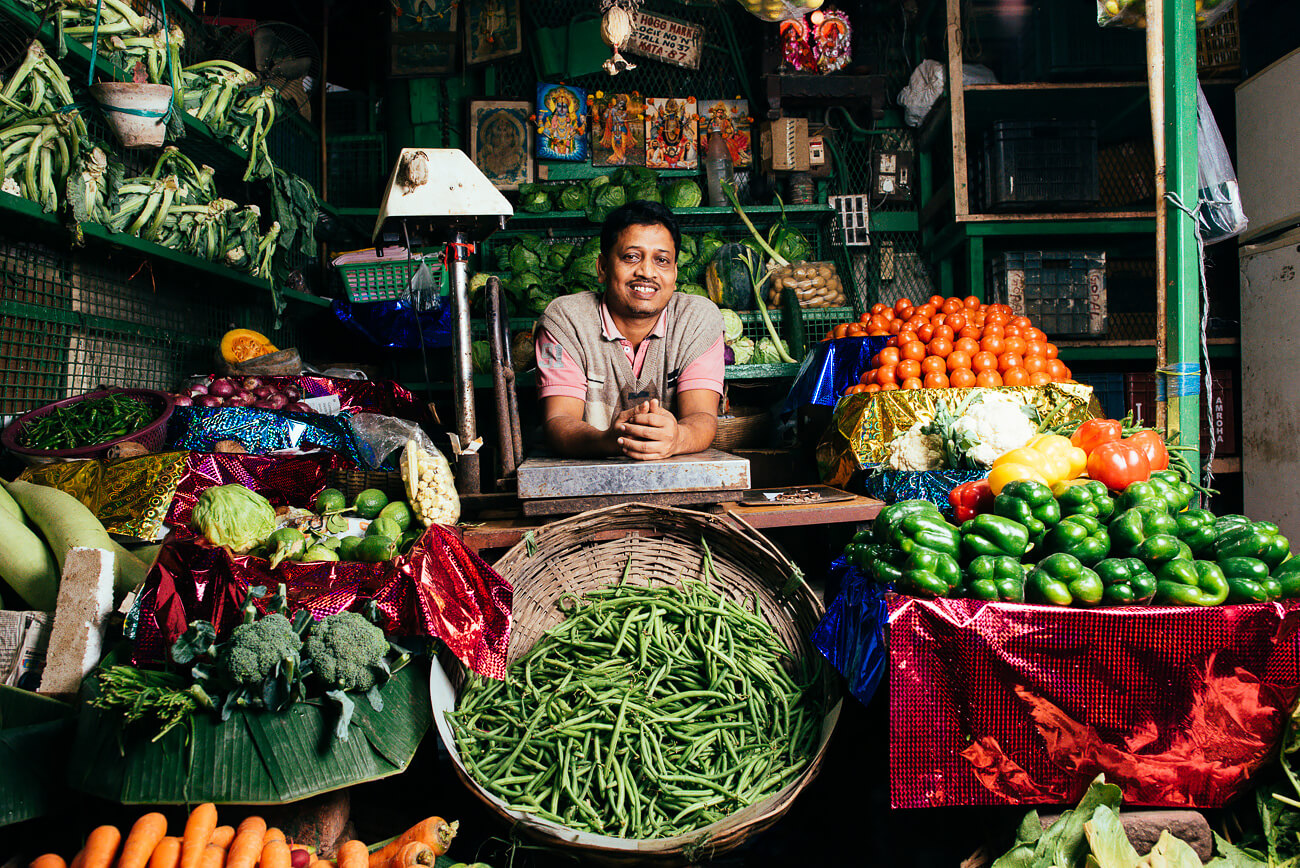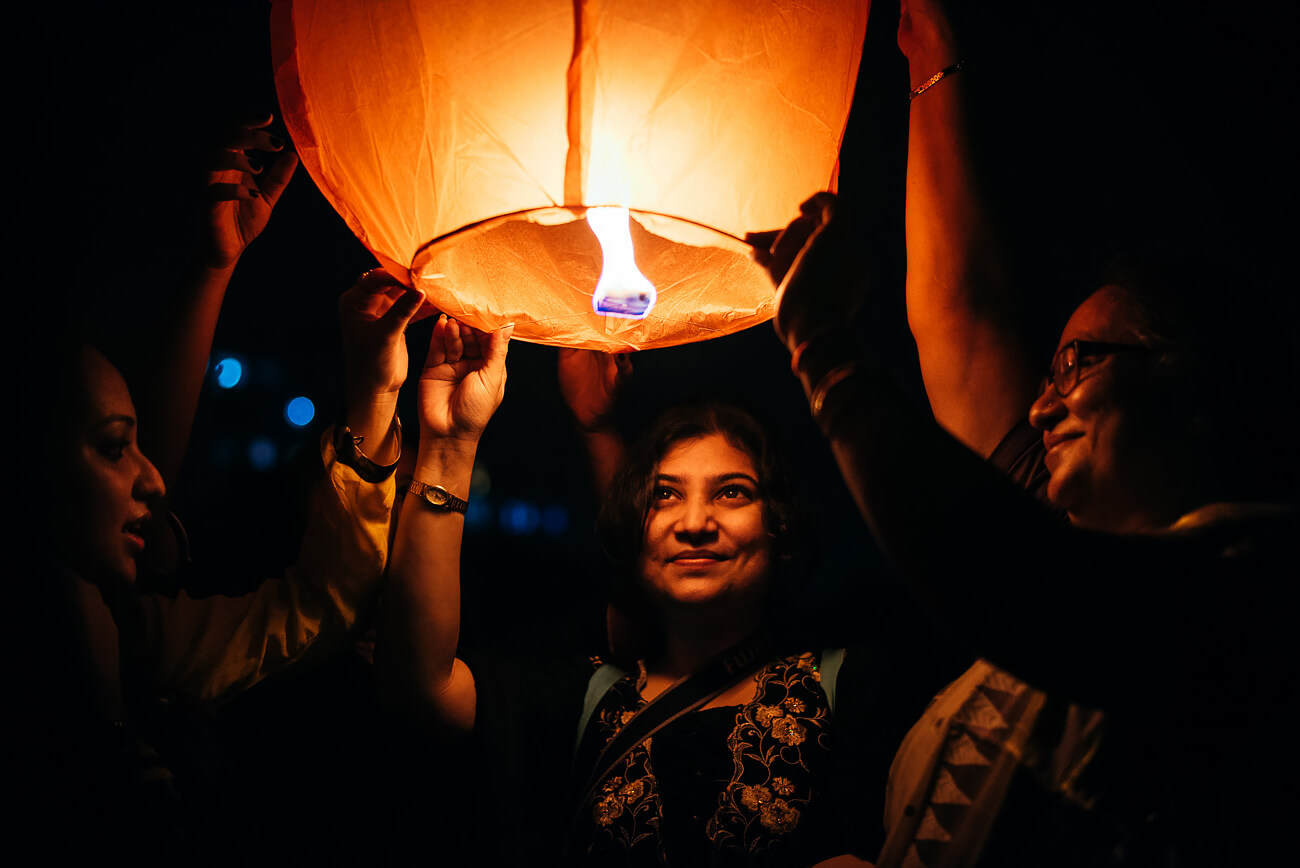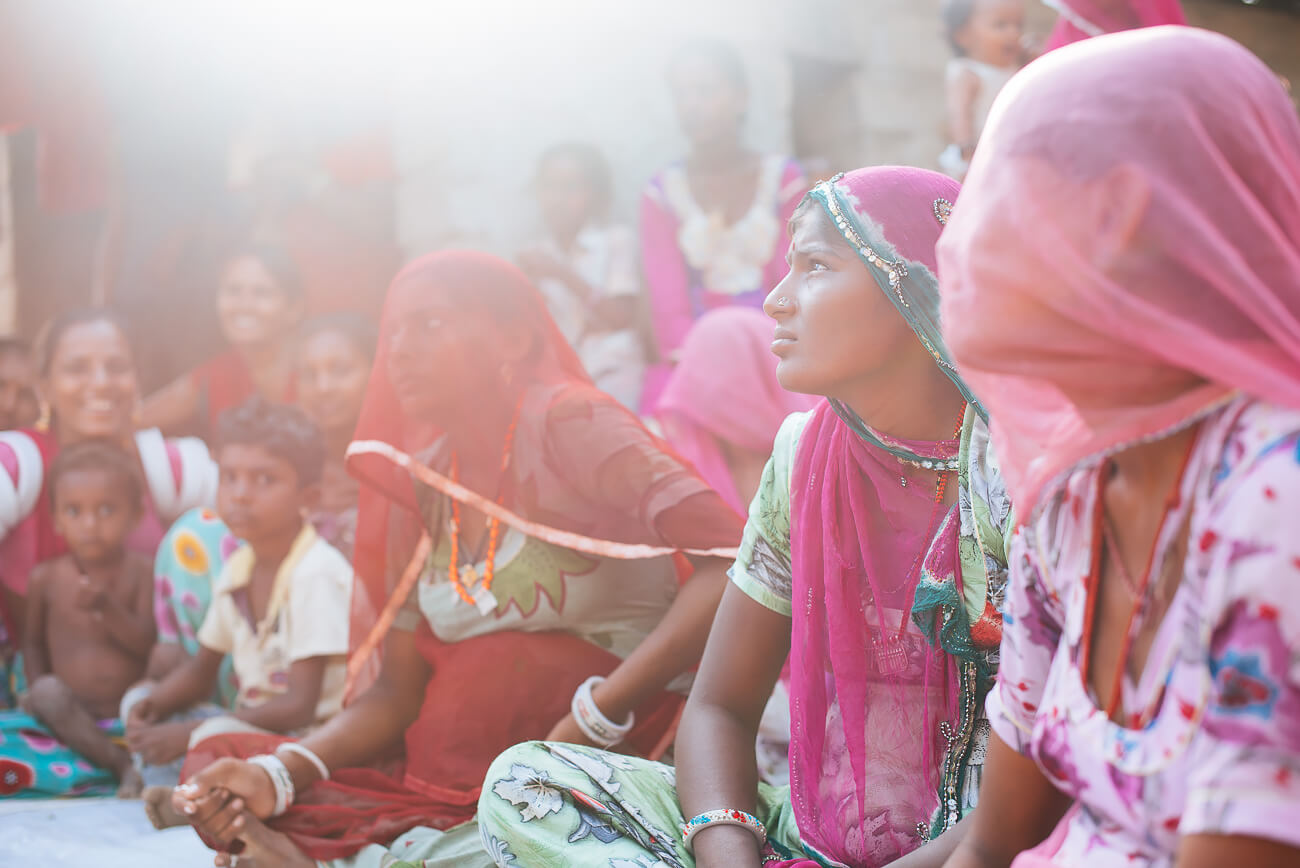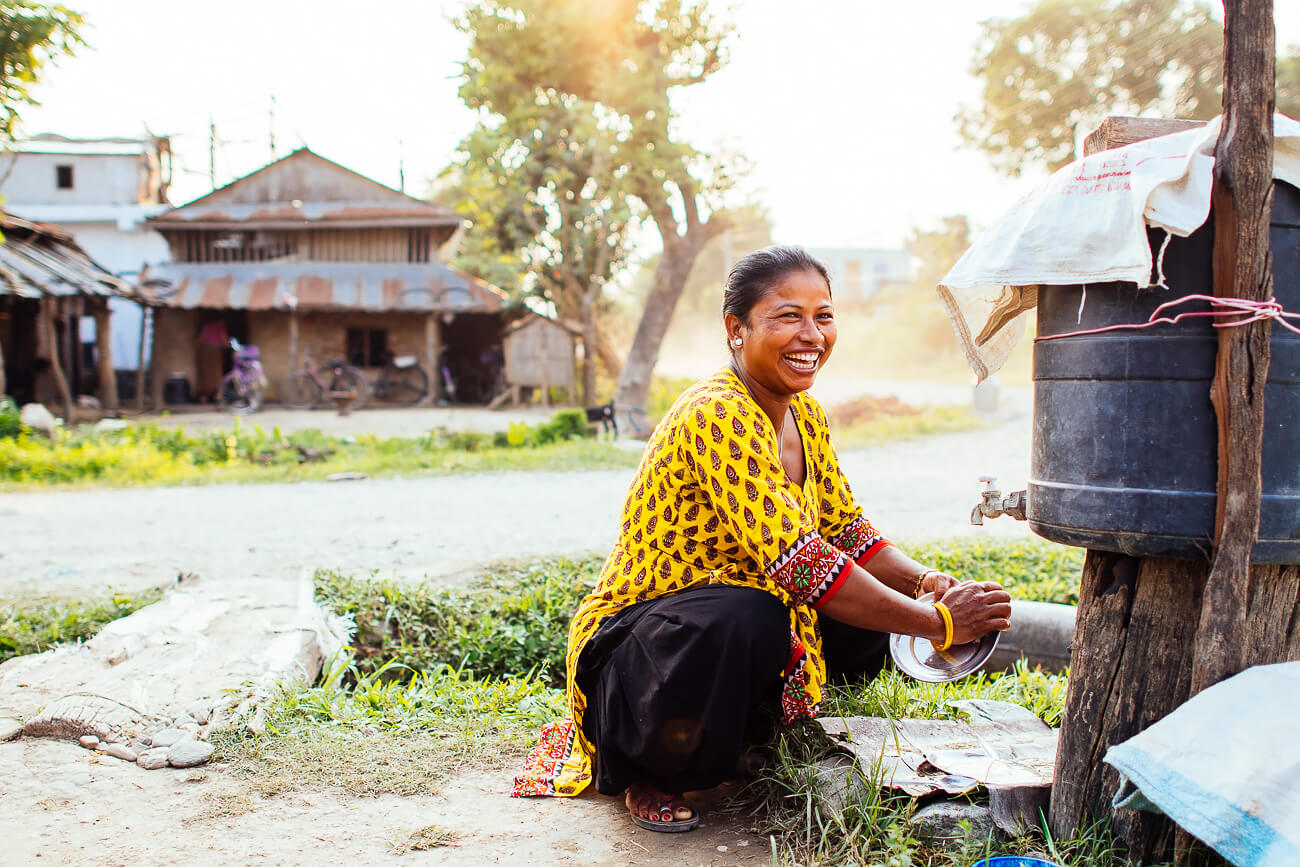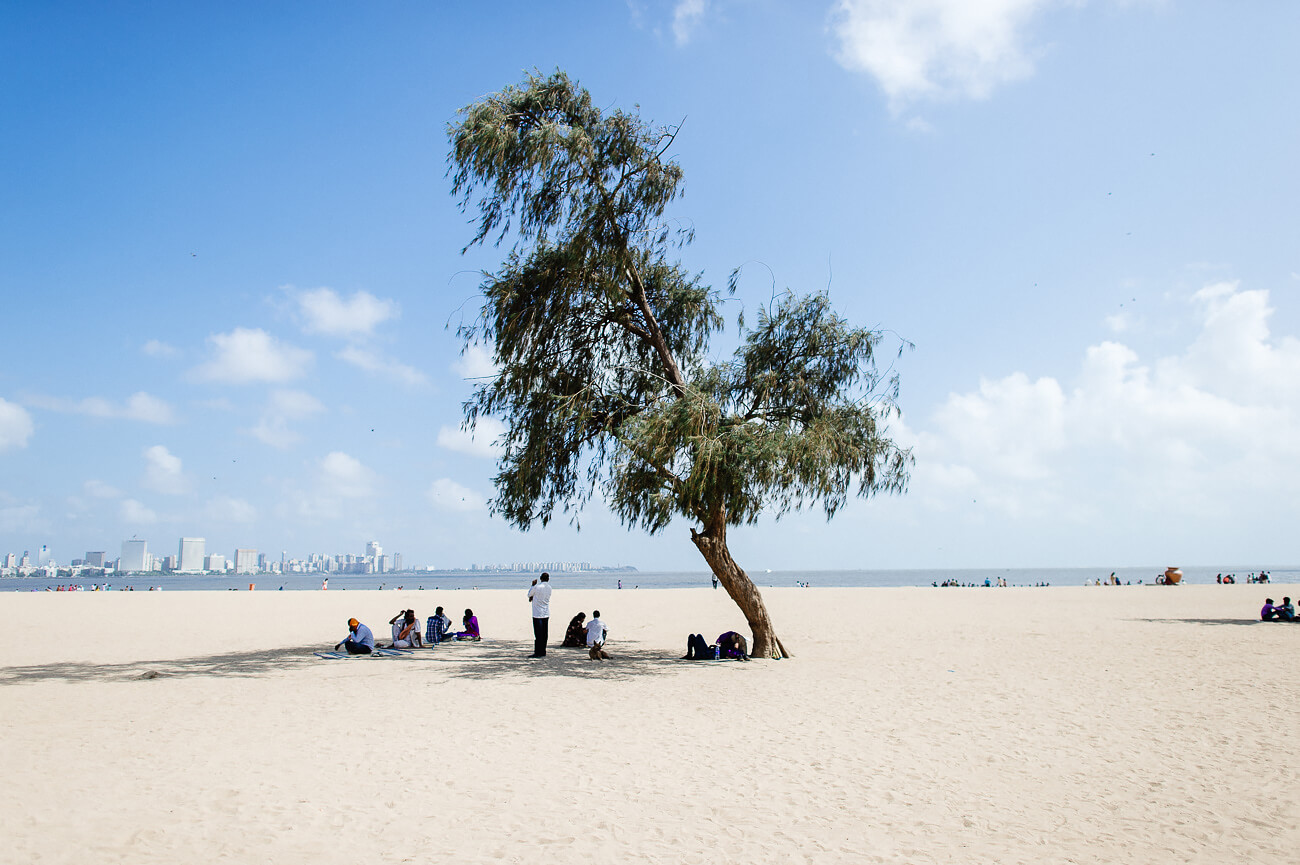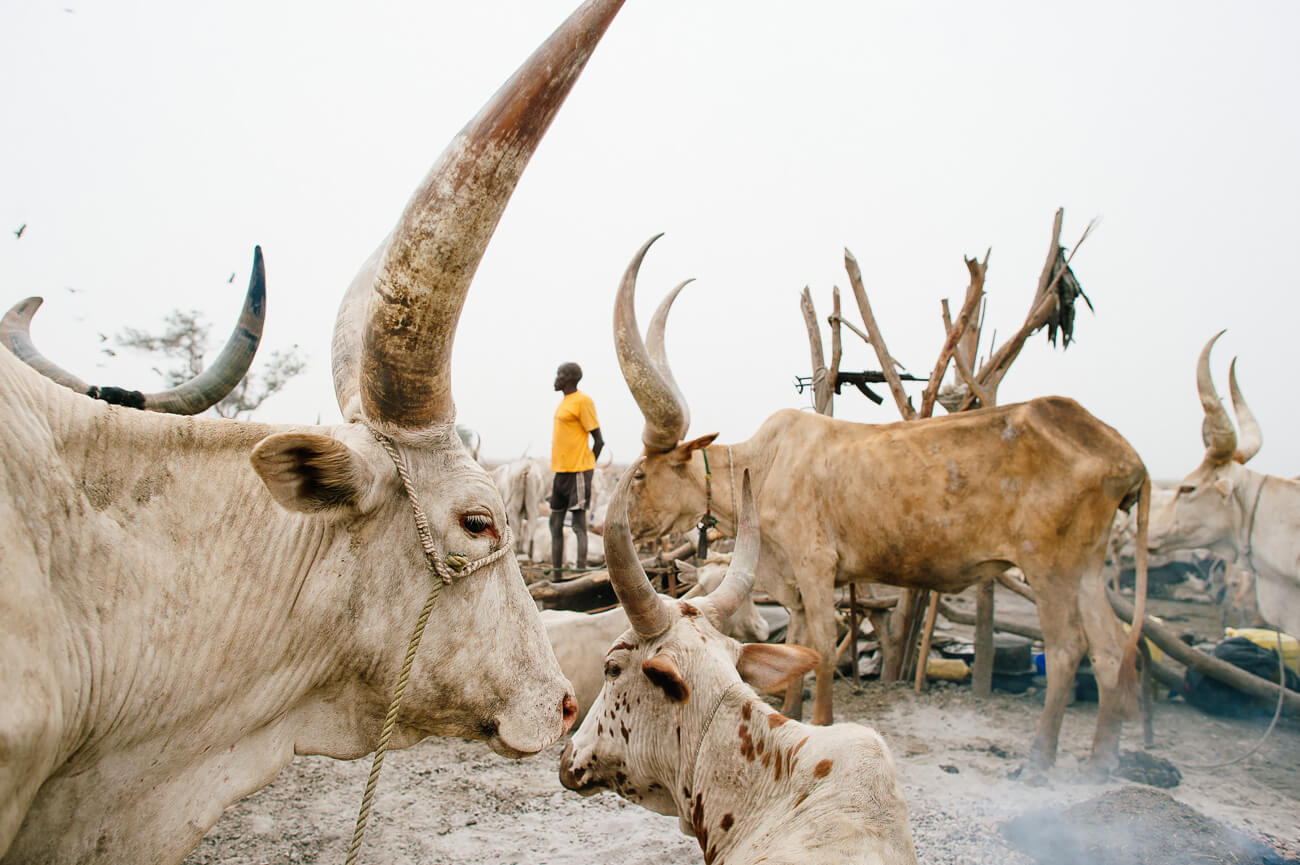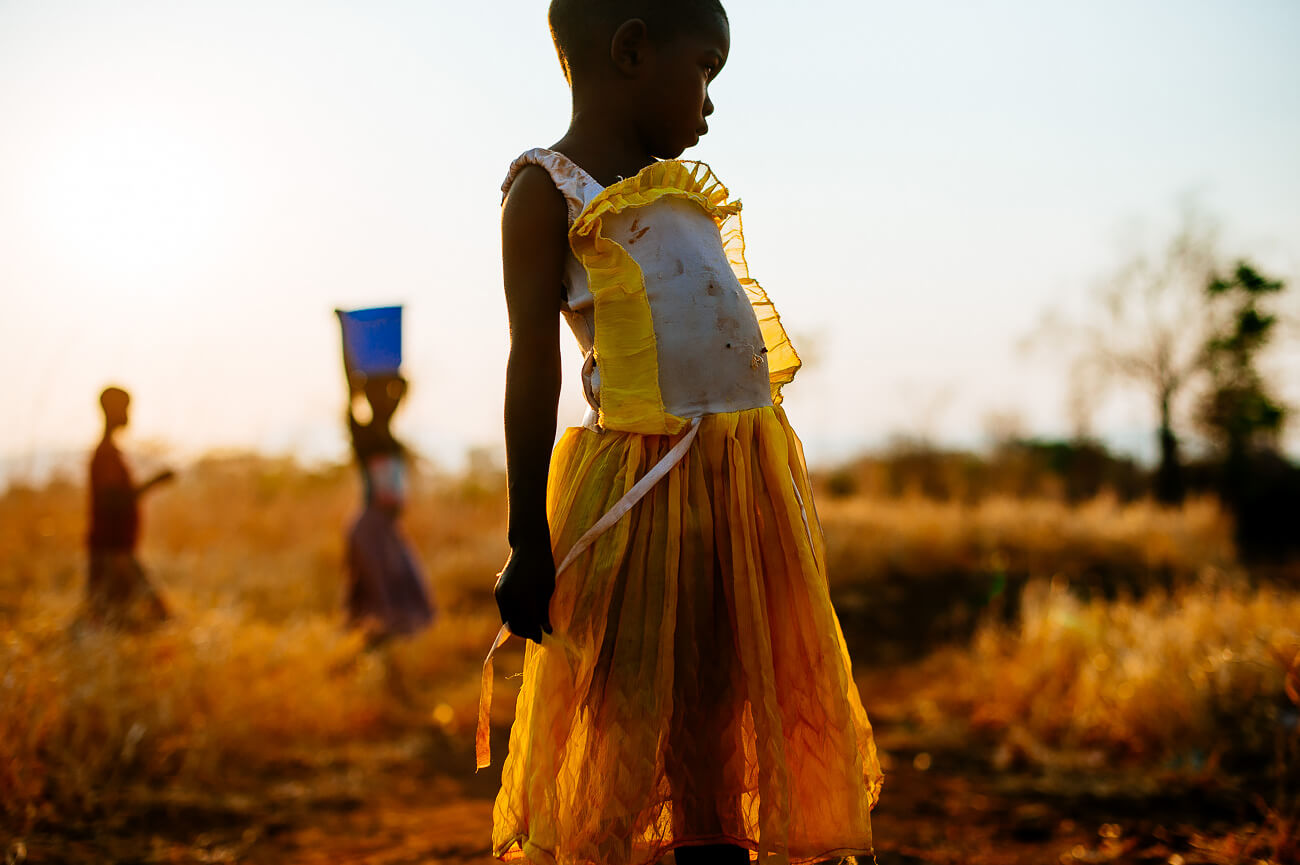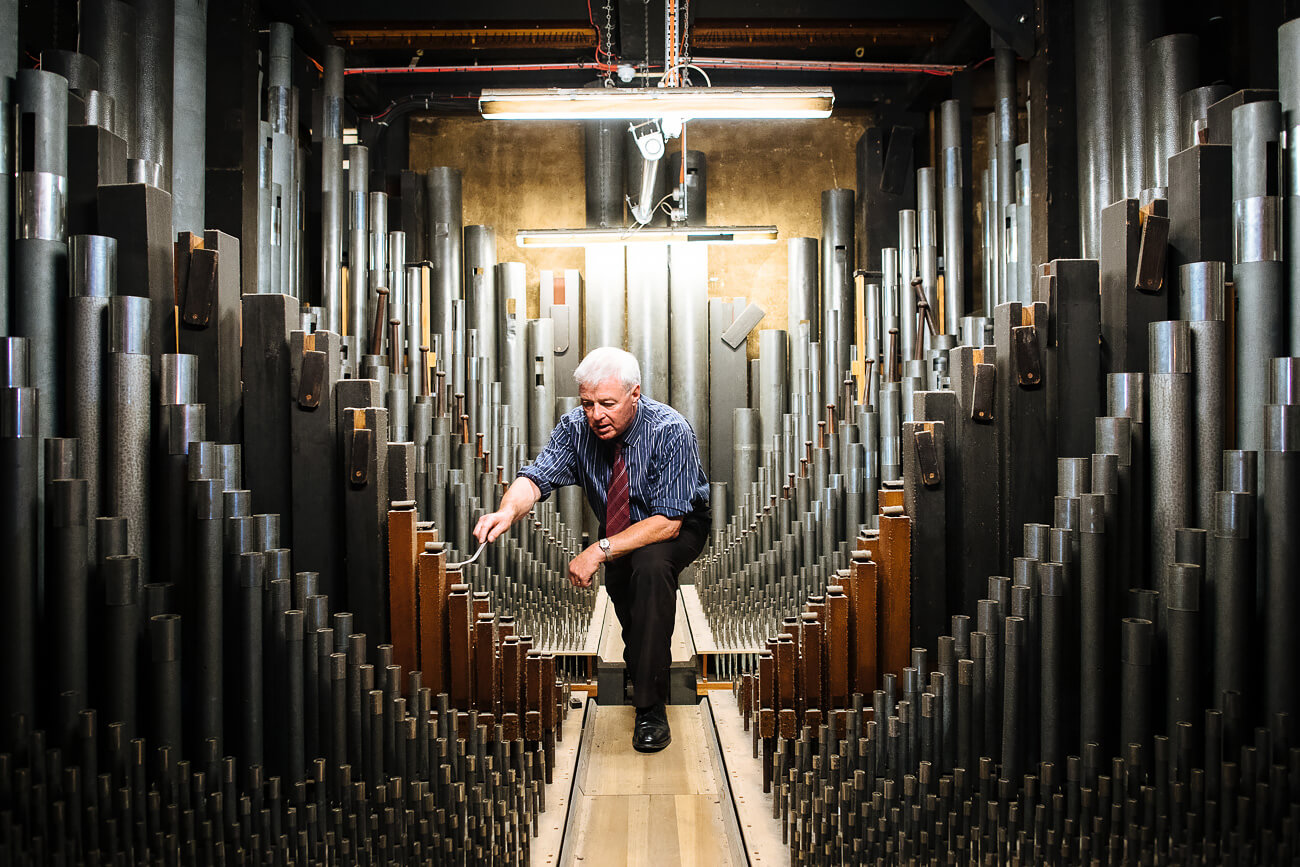Tom Price is the Photographer of the Year, winner of All About Photo Awards 2021 - The Mind's Eye. My co-jurors
Keith Cullen,
Denis Dailleux,
Stefano De Luigi,
Monica Denevan,
Claudine Doury,
Ann Jastrab,
Stephan Vanfleteren,
Hiroshi Watanabe,
Alison Wright and myself were impressed by his work 'Porter' taken from a series of surreal portraits, featuring 'relocated' porters from Kolkata, as a reflection on the experience of migrant workers.
His image 'Porter' won first place out of thousands of submissions. In 2016, Tom Price created a series of portraits featuring market porters in Asia's largest wholesale market - Barabazar in Kolkata. He was initially drawn to these subjects because of their herculean task of carrying implausibly-sized objects through the bustle of a mega market.
In 2020, he collaborated with
Featherwax to relocate these portraits into a more surreal landscape. This series is an attempt at representing something of the experience of the migrant labourer; the sense of dislocation, the burden of their work and the courage it takes to make ends meet.
I asked him a few questions about his life and work.
All About Photo: First of all, congratulations for being All About Photo's 2021 Photographer of the Year! Could you tell us what was the determining factor in submitting your work for this specific contest?
Tom Price: Thank you! I'm still bowled away by the fact that I won to be honest. When I think about the calibre of the competition and all the work that such an incredible cohort of photographers produced, it's... well, extremely humbling to say the least, so thank you again.
After a pretty tough year, I wanted to start 2021 with a sense of hope and optimism. So after finishing this project with my collaborator, Featherwax, I began to search for competitions that were both open-minded in their view of photography and would also represent a real challenge in terms of the competition. All About Photo stood out instantly, but to be honest I didn't think about it too much - for the sake of my sanity! - I just submitted the work and then tried to forget about it.
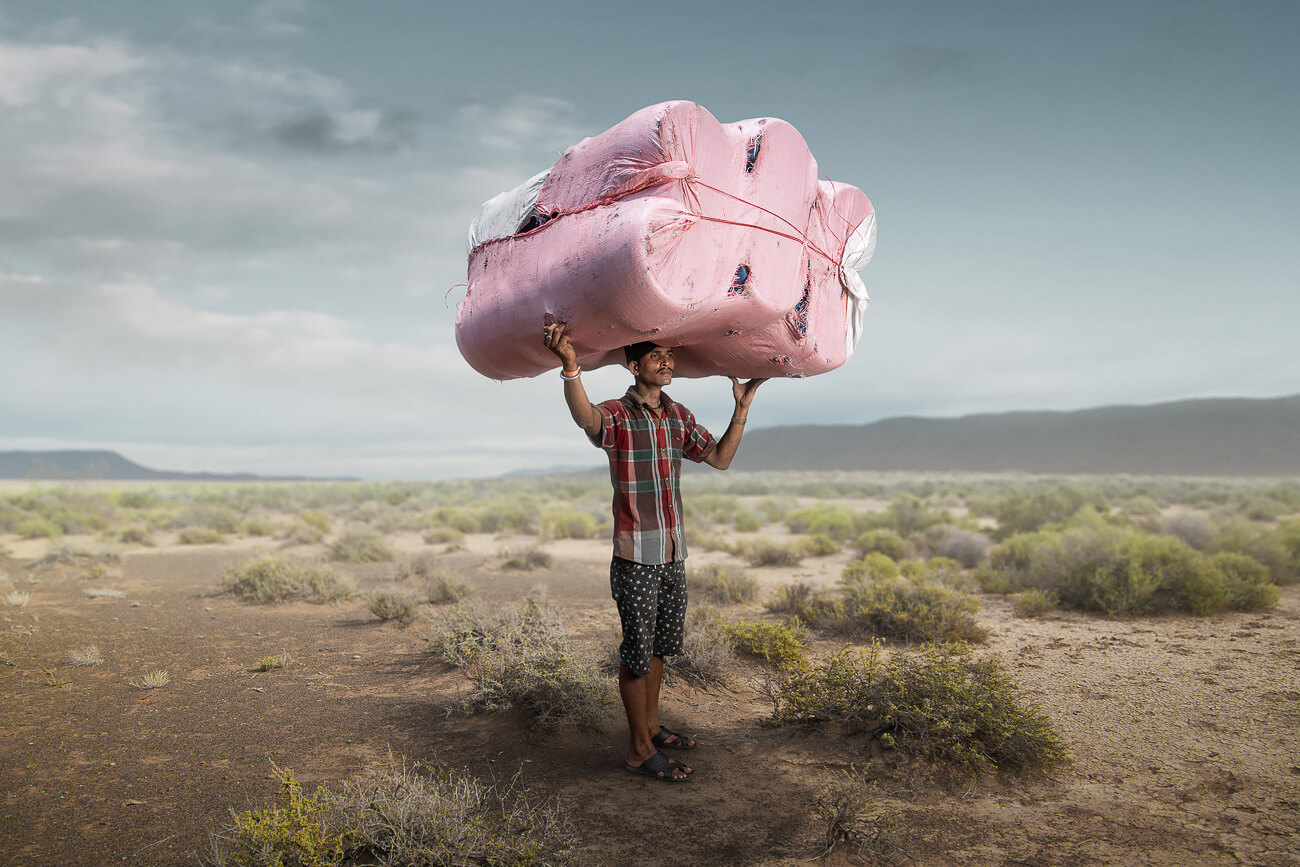
Winning image from the series Porters © Tom Price
I studied languages - Spanish and Portuguese - and along the way discovered photography via Spanish and Brazilian photographers such as
Cristina García Rodero and
Sebastião Salgado. During my studies I had the fortune of spending a year in the dark room at the School of Fine Art in the federal university in Salvador, Brazil.
There was this vibrant community of people who took art seriously, but were playful and humorous and transgressive in their work. I fell in love with the fusion of social justice, art, poetry, culture and history in this place - it was a really formative time for me.
Soon after graduating, I got lucky and won a couple of small competitions and had some work exhibited outside City Hall in London and just began to find my path from there.
Do you have a mentor or role model?
Working as a photographer can be solitary, and I think it's important to have mentors and community to help you keep going. I've had lots of people help me along the way and now I'm a member of the London Creative Network - as you grow and change so do your needs and blind spots, so I'm always in search of help.
I'm inspired by people who collage a career out of various different things and disciplines: thoughtful, inventive people like Lewis Bush and Almudena Romero.
How do you manage your work as a photographer, filmmaker and writer? Your personal work vs commissioned work?
After ten years, I'm still figuring that one out. Most of my paid work comes in as photography commissions, but that occasionally includes a little writing and filmmaking.
Most of my client work comes from NGOs and organisations involved in international development, so there's often a need for a wide variety of content, and in a way that suits me. I enjoy the variety and challenge of finding stories, interviewing people, taking stills and video that tell a story in the most compelling way I can find, given the limitations I'm working with.
In some ways writing is my first love, and I think I'll always try and find ways to write for fun. One quotation that sticks with me (and funnily I can't actually remember who it's by, or even if its genuine!) goes something like,
if you want to take better pictures, read more books. And I think there's something about the literary imagination (and just learning) that I find really inspiring in my work as a photographer and filmmaker.
I have always tried to be working on something personal as well as my commissioned work. It helps to keep me interested and allows me to experiment and play in ways that are foundational and necessary to my 'real' work. My favourite work has often come about as the result of a mistake or something going wrong, and finding that out in a personal project is generally much safer than when you're working with a client!
You traveled in many countries, did you finance your trips at the beginning?
I love travel and encountering other cultures and I suppose that curiosity is one of the reasons I decided to work as a photographer.
Usually these trips are funded by a client and a particular project, but at the beginning I had to invest in this a bit. On one of my first trips, I was invited to spend some time with an organisation in South Sudan working on health-based projects. I had to pay my way but we were given a hut to live in and an old Toyota Land Cruiser to get us around. The two months I spent here made a big impression on me and were definitely worth the time and cost.
How do you choose your subjects? Is it a long process?
I'd say that it's quite a long process, simply for the reason that it takes me some time to really see something. To get beneath superficial impressions, I need to spend a bit of time somewhere, get to know people and learn something before I feel like I'm ready to say something worth saying. But that's just my process, some people have much quicker instincts than me.
What country/people touched you the most?
When I was in my late teens and early twenties, I made a few trips to Latin America, spending nearly a year and a half living in Argentina, Brazil and Peru. In Argentina I spent a couple of months living in a rural community of gauchos and farmers in The Pampas. This was my first time away from home and my first taste of living in another culture. I fell in love with the place and the people, who so warmly welcomed me into their community. The huge skies, the sense of time standing still, people gathering around food and maté (a type of tea that's drunk from a shared cup passed between friends); all of it felt so vital and infused with a sense of strangeness and familiarity (I also grew up in a rural farming community). There was something about that time that was deeply cinematic and storied, all laced with a sense of adventure that's remained with me ever since.
How do you prepare for your trips?
Practically, I'm quite rigorous. I have lists of questions that need to be satisfied before I go. I've pared down my equipment, my processes and the stuff I need that's not photographic - documents, first aid, security, bags, food, etc - to an almost obsessive degree. I do my research - literature and language plays a big part of that. I love to read the stories that are generated from a place, ideally by those from that community themselves. As a linguist, it's important to me that I have made an effort to learn a little of the local language, so I'm not totally reliant on translators and fixers. And I make a further effort on the ground to learn more. This goes a long way when building relationships and trust when you're away from home.
What do you hope to achieve?
This is the hardest question of them all. I get locked up when I think about this. The best I can do is to keep making work, keep going and find ways to stay interested. I'll follow this where it takes me.
Do you think a picture can raise awareness?
I think it can, but perhaps not by itself. Still images are just part of the wider tapestry of communication work around an issue. And that communication work is dependent on a host of other things - practical grassroots activism and development, and wider politics and policy work for example. And attention and visibility is driven by a range of factors like economics and current affairs. So when all these things align around an issue, and the timing is good, a picture (or a series of pictures) sometimes surfaces that becomes suffused with meaning and takes on an iconic status that can galvanise opinion and action. But it's complex and the best I can hope for is to have played a small part in positive changemaking with my work.
Can you tell us more about your Porters project?
Porter was part of a wider series of portraits exploring industry and work, largely made in Kolkata, when I lived there 2015–2016. Much of this work is still sitting on my computer, unpublished, but I picked the porter work up again in 2020 when I collaborated with
Featherwax to see if the project could be elevated from a simple portrait series.
The intention was to take some of the ideas from the original series and condense them visually into something with more clarity and impact. Much of the credit for this goes to Featherwax, who did a brilliant job of highlighting the visual spectacle of what the porters did alongside a sense of the difficulty, precarity and dislocation experienced by the migrant workers.
When we show something in a very straightforward, documentary sense, we can lose something that's core to the experience we're trying to communicate. Literature is a great example of how fiction, the abstract and the surreal can be employed to tell emotional truths in a way that non-fiction just can't. And the hope for this project was that it would somehow get close to that.
What difficulties you had to overcome?
The market is a hugely busy, bustling place. Finding somewhere appropriate to take these images to begin with was a real challenge. The set changed from day to day as industrial quantities of oil barrels and sheets of plywood were loaded in and out of the location.
I didn't want to take up too much time from these already very busy porters, so I had to work fast. One of my regrets is that I wasn't able to really sit down and talk with the subjects. This is usually so core to my practice, but it felt like it would be too much of an imposition (I was already an imposition, just trying to take photos there in the first place) to ask people much more than I already was. The result is that the subjects in this series become more abstracted than they might if they were individuals telling their own story. That's just the way it went this time.
How did people react to your camera?
Almost entirely positively. And I put this down to the work of my brilliant friend and fixer,
Sujatro Ghosh. A well-respected photographer and activist in his own right. I am not a street photographer, and the idea of thrusting a camera in someone's face without their consent or permission is not what I consider good practice. I didn't direct or ask anyone to pose in any particular way - preferring that each person choose how they wanted to be seen themselves. We got a lot of quite serious looking faces as a result - which was in strong contrast to how they appeared when chatting before the picture was taken.
Where would you like to go next?
Funnily enough, I'm now looking to work much closer to home. But I'd love to return to Argentina someday.
What equipment do you use?
Digitally, I've just switched to using Nikon mirrorless cameras and primes, which I like a lot. When shooting film, I mainly use a Leica M6 rangefinder, a Mamiya 6, a Hasselblad Xpan and some Olympus compacts.
Do you spend a lot of time editing your work?
In the sense of selecting, ordering and thinking about how it all fits together, then yes a fair amount of time. But less so processing the files these days.
What is your best memory as a photographer?
This is a hard one to answer too, as there have been so many good moments over the years (and bad ones, I've been held by the police twice). A particular memory that comes to mind highlights one of the things that I love most about the process of photography - the act of slowing down and savouring a moment.
I was on a week-long commercial shoot in the Sahara and we were driving back from shooting the sunset deep into the desert. Due to a location change, we were returning later than anticipated, but were accompanied by some Tuareg locals who assured us they knew the changing sands of the desert like the backs of their hands.
As time rolled on into the journey, it began to get colder and colder, and the buoyant tone in people's voices turned more clipped and nervous.
After a couple of hours of driving around in the dark, retracing our tracks and circling around, the convoy of three vehicles stopped for the locals to have a discussion. I stepped out of the truck and the majesty of the space was immense. The cavity between the shifting sands below and the startlingly bright stars above felt huge, and here were we, caught between it all.
While it appeared that we were lost, I didn't feel scared. I trusted that our guides, who grew up in these vast wastes, would figure things out - it just might take a while. I took the opportunity to dig around for some warmer clothes and pull out my camera again.
I asked if all the drivers could kill the lights on the vehicles. The engines turned off and immediately we were bathed in a deep silence, save for the sound of the wind over the sand and stones. It was nature with a capital N. I didn't have any lights on me, but I wanted to capture something of the wildness of this situation, so I asked Brahim, one of our guides to pose for a photograph, and another to waft the light of my head torch over Brahim while I hand held a long exposure, my arms buried into the ground for support.
It took a few goes to get something passable from the light, and the final image isn't sharp because of the shake in my arms, but this imperfect frame is precious to me.
It was an excuse to stop and absorb something that we were all experiencing together. Even those who weren't directly involved in the photograph were called to participate in this photographic moment by taking part in the silence and the collective noticing. It was magic, and perhaps a rare instance of photography helping us all to connect more deeply to a moment in real time rather than the camera creating a barrier between experience in the act of mediating it.
Half an hour later we stumbled across another camp of Tuareg in the middle of what seemed like nowhere. Brahim jumped out of the vehicle and greeted a circle of people enjoying an evening smoke. After a little discussion, one man agreed to help and, clutching onto the side of our 4x4, ushered us forward, pointing occasionally to a rut in the landscape, or a tuft of vegetation. Finally, there were shouts of recognition as our original guides began to recognise the trail again. Our rescuer was thanked with a pack of cigarettes and we waited while he was returned by one of the other vehicles. We returned to camp in the early hours of the morning, full of stories to be regaled to our wide-eyed hosts, who lavished us with date syrup and goats cheese.
What compliment touched you the most or what do you think is your biggest accomplishment?
In 2014, I spent four months working in the Philippines, after supertyphoon Haiyan struck, as a field communications officer for a network of NGOs. When I returned to the field to take prints to the people and families that I photographed, some families told me that it was now the only family photograph they had, since the typhoon washed all their possessions away. Moments like this are what keep me going.
What is your worst memory or challenge on the field?
What's life without challenges!? I've had lights explode, been arrested and suffered a few small road collisions on assignment. But I think one of the things I have found most difficult is that feeling of total helplessness when you're faced with humanity at its worst - during a conflict or a famine or after a disaster. Those moments are absolutely gut wrenching and in the midst of it, it feels like you're doing something completely inconsequential or unhelpful. The hope is that you're not, but it's hard to shake that feeling sometimes.
What advice would you give someone who would like to become a photographer today?
I'd say it's worth reaching out and meeting other photographers doing the kind of work you'd like to do and finding out as much as you can from them (don't be shy - ask them how they make their money, what a day/week/month looks like, how they get their work, what they find challenging). Offer to assist or volunteer so you get to see what it's really like on a day to day basis.
Find something you love to photograph and practice. Make work and show it to people who aren't your friends or family. Find a community who will support you and give you feedback you trust.
It's a strange career these days, and there are as many ways of making it work as there are photographers. But maybe the best bit of advice - if you think it's something you really want to do - is to keep going. Those who can endure, survive.
If you weren't a Photographer, what would you be doing?
I'd love to write books.
Is there anything else you would like to add?
I think that's it!
Tom Price
Tom Price is an award-winning photographer and filmmaker based in east London, with over a decade of experience working on commercial, editorial and not-for-profit projects for organisations such as the NHS, Airbnb and Save the Children.
His distinctive style of photography specialises in portraying compassion, humanity and community - Tom has a unique ability to depict the kindness in humankind, regardless of the subject. His portrait work has featured subjects from diverse backgrounds, including the England Rugby team, a senior director at Apple and porters from Asia’s largest wholesale market.
His work focuses on telling important stories and highlighting social phenomena - previous short-form projects have ranged from documenting the largest dance festival in the world to critical humanitarian crises, such as food insecurity in South Sudan and typhoon Haiyan in the Philippines.
His work has been exhibited in Latin America, Europe and the USA; projected onto the side of the Tate Modern in London and presented at the UN headquarters in New York.
Awarded first place and 'photographer of the year' at All About Photo awards 2021.
Tom Price's Website
Tom Price on Instagram
Tom Price on Medium
Results of All About Photo Awards 2021
All About Tom Price
